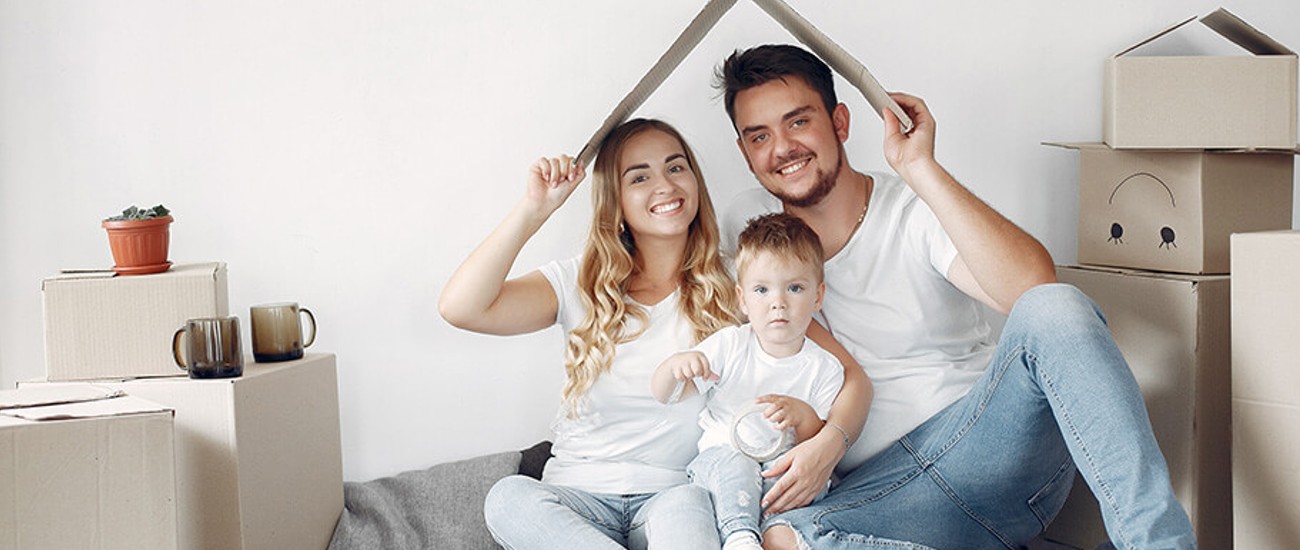-

What is chapter 7 and how does it work?
FREQUENTLY ASKED QUESTIONS
Can I get rid of all my debts if I file bankruptcy?
When a person files a bankruptcy case, the goal is to wipe out as much debt as possible so that the person can get a fresh start. You may not want to get rid of some of your debts if, for example, you want to keep your home and car and want to continue to pay the mortgage and car payments. There are other debts that you cannot get rid of. Your other debts are either dischargeable, meaning that your personal liability will be eliminated, or non- dischargeable, meaning that you will continue to remain liable on the debt after your bankruptcy is over. Learn More
Will I lose my house or car if I file bankruptcy?
Not necessarily. There are different options when it comes to homes and vehicles when filing for bankruptcy. Learn More
Testimonials
WHAT CLIENTS SAY
Recent blogs
Frequently Asked Questions About Bankruptcy
Are you struggling to make ends meet? Unable to keep up with your debts and getting deeper into a financial hole? Filing for bankruptcy could provide significant help and much needed relief. Filing for bankruptcy can give you a chance to start fresh by eliminating debts that you simply can’t pay. It may also enable creditors […]
How Bankruptcy Can Eliminate Credit Card Debt
At the unfathomable figure of $1.142 trillion, credit card debt is surging in the United States. If you’re among the many Americans struggling to pay your credit card debt, then you know it’s a significant source of stress that can also take a toll on your mental health. What you may not know is that […]







